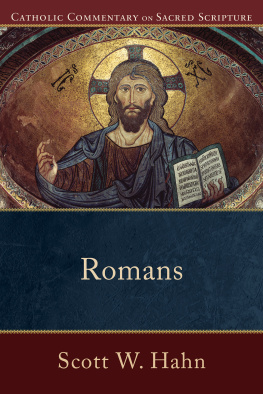Contents
Dedication
I Natural Reasons
One : M ORE THAN A F EELING : O N THE L OVE OF L EARNING AND THE D ESIRE FOR D UNKING
Two : O URS TO R EASON W HY : O N S EEING , B ELIEVING, AND F LYING
Three : N ATURAL R EASONS : O N THE P ERSUASIVE P OWER OF THE U NIVERSE
Four : R IGHT AND W RONG : O N D OING AND D ENIAL
Five : T HE L IMITS OF R EASON : O N THE T ESTIMONY OF M IRACLES AND P ROPHECY
II Biblical Reasons
Six : B IBLE S TEADY : O N THE C HURCH AS O NE F OUNDATION
Seven : S AINTS A LIVE : O N L OVE AND THE L IMITS OF H UMAN F ELLOWSHIP
Eight : A M ASS OF E VIDENCE : O N THE E UCHARIST AND THE P URIFYING F IRE OF S ACRIFICE
Nine : P EACE OF THE R OCK : O N THE P APAL O FFICE AND I TS P APER T RAIL
Ten : R EASONS OF THE K INGDOM : O N A NSWERING WITH Y OUR L IFE
III Royal Reasons
Eleven : C REATED FOR THE K INGDOM
Twelve : T HE F LEETING AND F UTURE K INGDOM : T HE D IFFERENCE D AVID M ADE
Thirteen : T HE K INGDOM C OME : O N C HRIST THE K ING, THE S ON OF D AVID
Fourteen : W HEN THE R EIGN C OMES : T HE C HURCH I S THE K INGDOM
Fifteen : T HE C ATHOLIC L IFETIME R EADINGS P LAN : A N A POLOGETIC E XHORTATION
Notes
Other Books by Scott Hahn
Copyright
To David Timothy Bonaventure Hahn
On the occasion of his First Communion and the royal-priestly anointing of Confirmation
One

M ORE THAN A F EELING
On the Love of Learning and the Desire for Dunking
I was the freshest of freshmen.
Like almost everyone in that incoming class, I was living away from my home and family for the first time, and I was hungry for everything that Grove City College had promised us. Indeed, Im sure that I wanted it more than most of my classmates. I had been an academically inclined high school student, the type who was tempted to capitalize the word Learning when it was used as a noun. I was a relatively new Christian, but already steeped in theology, and there at Grove City College I could study with noted thinkers of the evangelical and Calvinist worlds.
Whats more, Grove City was not an isolated Christian institution. It was part of a cultural movement. Two other evangelical Calvinist campuses sprawled nearby, Westminster College and Geneva College, and all the lands in between those campuses and oursmostly small towns and farming communitieswere dotted with pastoral and communal experiments that drew inspiration, energy, and even members from the colleges.
So, as I took my first steps away from home and into the wider world, I had a true freshmans openness to new experiences and ideas. And the college and its orbit had plenty to occupy my mind and senses. Still, it wasnt an easy transition for me. The college couldnt fit all the first-year men in the freshmen dorms, so some were dispersed to live with the upperclassmen. I was among the dispersed.
The upperclassmen were kind and welcoming; but, I have to admit, I felt isolated. Some of this feeling, Im sure, was just garden-variety homesickness. Some of it, too, was the sense of being the odd man out among a horde of old buddiesthe guy to whom they had to explain all their inside jokes. But a big part of it was a mismatch of interests and ideals: here I was, eager for Learning and intellectual companionshipmaybe even a disputation or two. And there they were, world-weary juniors and seniors, for whom college had long been demystified and its professors demythologized.
Gradually, though, I reached out across the gulf that separated me from my fellow freshmen. I got to know two guys, Doug and Ron, especially well, as they shared my interests and my longing for like-mindedbut, even more, like-heartedChristian fellowship. Those two were easily the most popular first-year men on campus. Getting to know them over the opening weeks of the semester, I heard a lot about the church they attended. In fact, Doug and Ron were so enthusiastic about it, they talked about little else; and all other subjects seemed to lead them back to the main theme of their conversation, which was their newfound church.
D UNKED FOR R EAL
The place was more than ten miles away, between our campus and Westminsters. Every Sunday its worship service was standing-room-only. The singing raised the roof; the preaching was electric. The congregation was a mix of local farmers and students and professors from the colleges. They had built up a network of social services, including adoption, foster care, and programs for troubled youth. Every service ended with a laying on of hands, at which people were apparently healed of ailments ranging from depression to cancer. Every month or so, after the service, many new members would be baptized by total immersion in the nearby creek.
These events were the favored topic of conversation on the way to and from classes, and they were the inevitable destination of our table talk in the dining hall. A few weeks into the semester, I finally agreed to join my newfound friends for their Sunday worship.
Our anticipation grew during the long ride out to church. And the service itself didnt disappoint us. There was exuberant singing, powerful preaching, and the laying on of hands. I found myself wondering why my Presbyterian worship couldnt be this way. My church generated excitement in special programs like Young Life, but we could accomplish it only by segregating teens from the staid older folks and the distraction of small children. Yet here was a true cross-section of local life, and it was alive and engaged.
On the drive back to campus, Doug and Ron began talking about how soon they might make their own trip to the creek for baptism. There was no question whether this would be the next step. The only question was when .
And it was only thenwhen they began speaking in terms of baptismthat my own mind stopped racing with excitement. Indeed, the racing vehicle screeched to halt. The conversation continued back on campus, where a number of students were talking about getting dunked for real.
We had all been baptized as infants, but now my friends were repudiating the very idea of infant baptism. When I raised a caution, they replied, Scott, what do you remember from your baptism? On the other hand, they pointed out, we all could vividly remember what we had seen, heard, and felt at our newfound country church that very daya church whose truth was evidenced in apparent miracles.
I still hesitated. But is it biblical to get baptized again? And are you sure that infant baptism is unbiblical?
One of the guys answered my question with a question: Okay, Scott, where do you see infant baptism in the New Testament?
I had no ready answer.
R EBAPTISM AND R ESEARCH
My friends werent ridiculing me. They were merely discouraging what they saw as my overly intellectual hang-ups. Dont get me wrong: they were very intelligent kids. They just felt they didnt need further reasons after the continued experience of such exalted worship. They felt that their experience was reason enough for them to take action.
The problem occupied my mind. These new friends meant a lot to me, and their church excited me. But the prospect of rebaptism troubled me, and I wasnt sure why. I decided to mention it to a professor I deeply respected, Dr. Robert VandeKappelle. I was taking his course titled Biblical Ideas, and I was loving it. The ink wasnt yet dry on Dr. VandeKappelles doctorate from Princeton, and his love for scholarship shone in his lectures and in his smiling eyes. With his wire-rimmed glasses and conservative neckties, he even looked the part of the prof. Gently inquisitive, he fostered the kind of Learning Id dreamt about when I first applied to Grove City College.

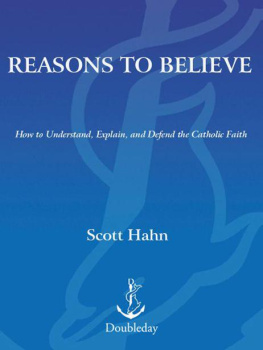
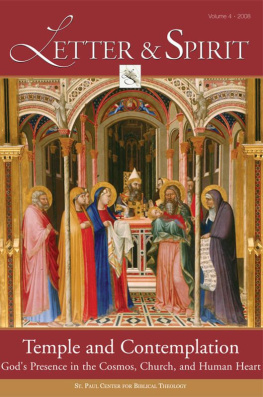

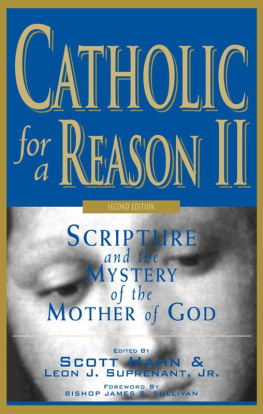
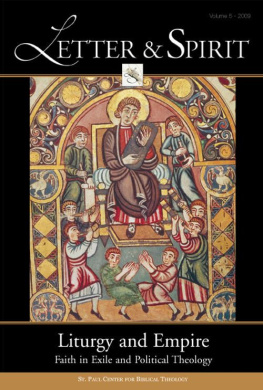
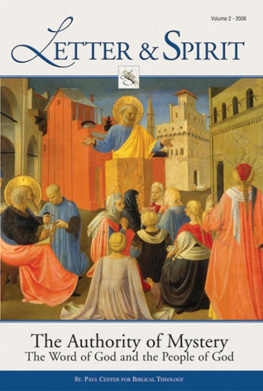
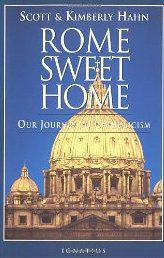

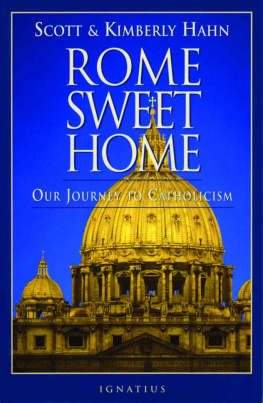
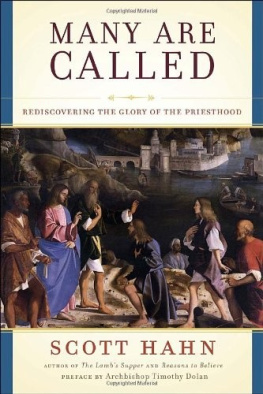
![Scott Hahn [Inconnu(e)] - A Father Who Keeps His Promise: God’s Covenant Love in Scripture](/uploads/posts/book/134748/thumbs/scott-hahn-inconnu-e-a-father-who-keeps-his.jpg)
